Utilizing Molecular Breast Imaging (MBI) as an adjunct to mammography has allowed physicians to increase cancer detection rates by nearly 400% while also reducing the number of biopsies by 50% compared to other modalities.1
The MBI seamlessly integrates into existing radiology workflow and is more comfortable than standard mammography with considerably less compression required. MBI has the potential to change the clinical outlook for women whose early stage tumors may have gone undetected or unconfirmed with just a mammogram. The LumaGEM MBI has increased the invasive cancer detection rates by 400% when used as a secondary screening protocol in women who have dense breast tissue.1
The ideal clinical indication for Molecular Breast Imaging:
Supplemental Diagnostic Breast Imaging to Mammography/Tomosynthesis Recommendations for Women with:
- Dense breast tissue (making mammograms difficult to interpret)
- Suspicious mammographic lesion, abnormality or architectural distortion observed in mammogram
- Symptomatic (nipple discharge or palpable mass) or high-risk patient* with negative mammogram and/or ultrasound
- Breast implants or free silicone
- Patient not able to tolerate an MRI (for example, ferromagnetic surgical implants, severe claustrophobia, or poor renal function)
*family history of breast cancer or confirmed positive gene test (BRCA1 or BRCA2); risk assessment greater than or equal to 20%
Pre/Post-Surgical Planning
- Determine local extent of disease, multi-focal or multi-centric disease, contralateral involvement
Treatment Monitoring
Monitoring neoadjuvant chemotherapy


